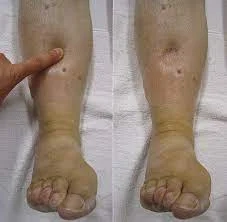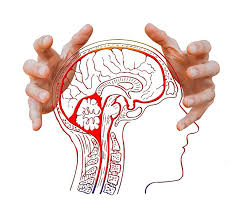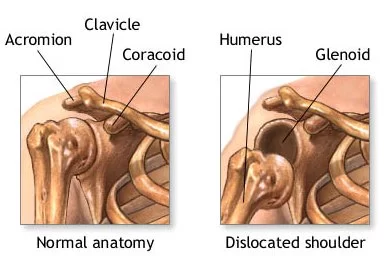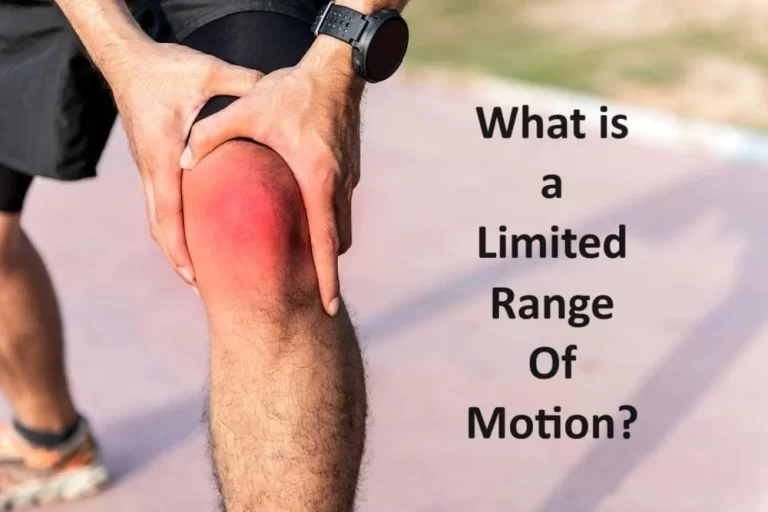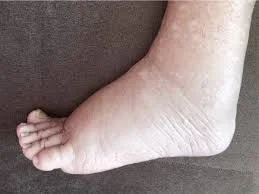Type 1 Diabetes
What is a Type 1 Diabetes? Diabetes type 1 is a chronic condition commonly known as insulin-dependent diabetes or juvenile diabetes. In this case, the pancreas either produces very little or none at all. The body employs the hormone insulin to let glucose, sometimes known as sugar, into cells so those cells can produce energy….


